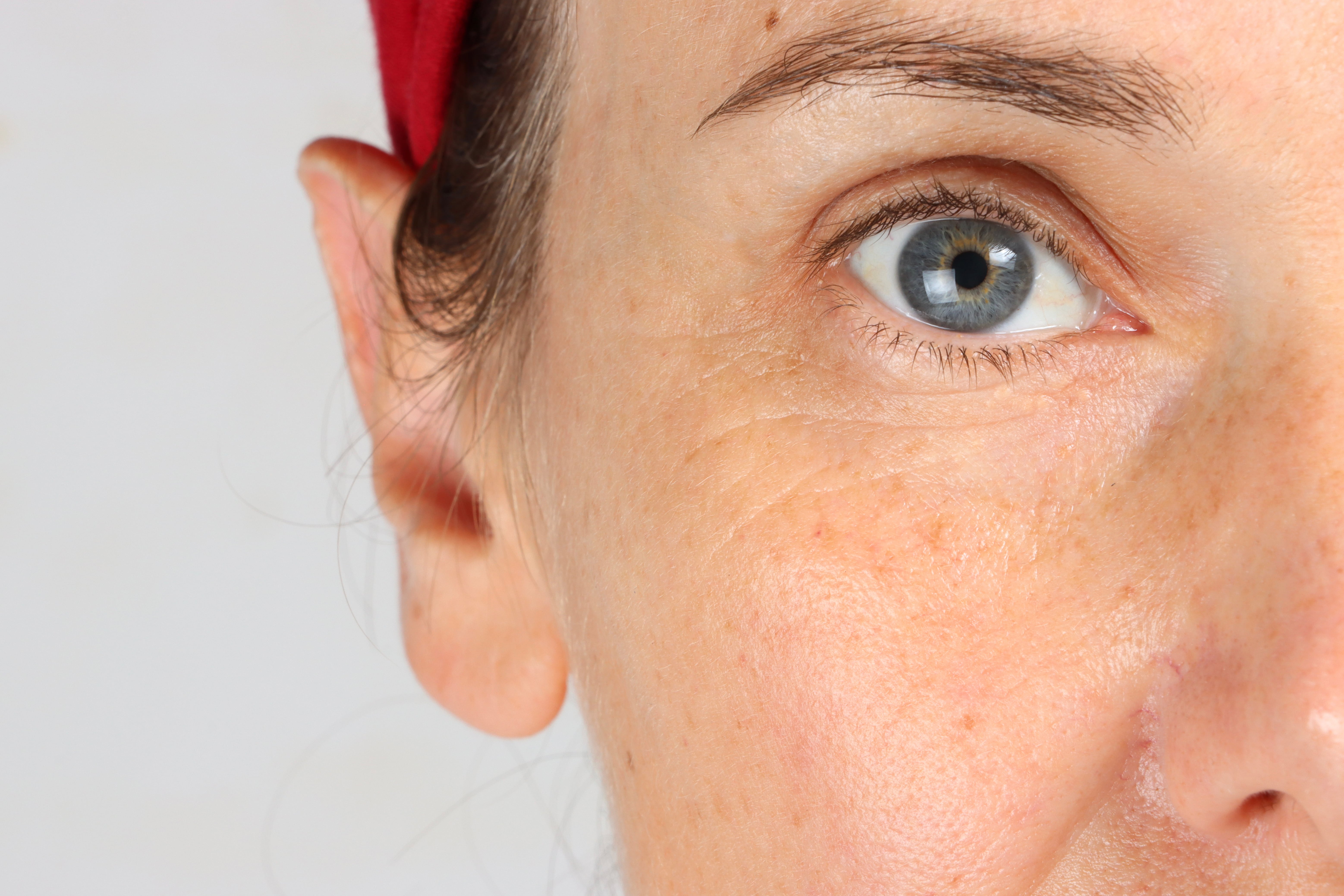Preventing Sports Injuries Through Personalized Training and Care

Athletes of all levels face the risk of sports-related injuries, from minor strains to more serious conditions that can impact performance and long-term health. Preventing these injuries is crucial not only for maintaining peak performance but also for ensuring overall well-being. Personalized training and care play a key role in reducing the risk of injury by addressing individual needs, strengths, and weaknesses.
Understanding the Risk Factors for Sports Injuries
Sports injuries can result from a variety of factors including overuse, improper technique, lack of conditioning, and inadequate recovery. Each athlete has a unique body composition, flexibility, and strength profile, which means a training approach that works for one individual may not be effective for another. By identifying personal risk factors through assessment and evaluation, athletes can take proactive steps to minimize the likelihood of injury.
The Role of Personalized Training
Personalized training focuses on tailoring workouts to an individual's body, sport, and skill level. This includes developing strength, endurance, flexibility, and balance programs that address specific areas of vulnerability. For example, a runner may benefit from exercises that strengthen the hips and knees to prevent common injuries such as sprains or strains. A basketball player might focus on ankle stability and core strength to reduce the risk of joint injuries. Personalized training also considers recovery periods and gradual progression, ensuring that the body adapts safely to increased demands.
Importance of Proper Technique and Form
Using correct technique during exercises and sports activities is essential for injury prevention. Personalized coaching helps athletes learn the proper movements for their sport, reducing unnecessary strain on muscles and joints. Video analysis and hands-on guidance can correct subtle errors that might otherwise lead to repetitive stress injuries. By mastering proper form, athletes not only prevent injuries but also improve their overall performance and efficiency.
Integrating Preventive Care and Recovery
Preventive care extends beyond training and includes regular monitoring, physical therapy, and recovery strategies. Treatments such as stretching, massage, and targeted mobility exercises help maintain flexibility and muscle balance. Regular assessments from sports medicine professionals can identify early signs of potential injuries, allowing for timely intervention. Recovery protocols including hydration, nutrition, and rest are also crucial in ensuring that the body can repair itself and maintain optimal function.
Who Can Benefit from Personalized Sports Care
Personalized training and preventive care are beneficial for athletes of all ages and skill levels, from youth sports participants to professional competitors. Even individuals who engage in recreational physical activity can reduce the risk of injury by following a tailored approach that addresses their specific needs. The goal is to maintain long-term joint health, muscle function, and overall physical performance while minimizing setbacks from injury.
Conclusion
Preventing sports injuries requires a comprehensive approach that combines personalized training, proper technique, and preventive care. By focusing on the individual needs of each athlete, it is possible to enhance performance, reduce the risk of injury, and promote long-term health.
Discover Expert Sports Medicine in Washington, MO
At New Freedom Family, our team specializes in providing personalized sports medicine services designed to prevent injuries and optimize performance. Whether you are a competitive athlete or enjoy recreational sports, we create customized training and care plans to meet your unique needs. Schedule a consultation today to experience expert sports medicine in Washington, MO and take proactive steps toward safer and more effective athletic performance.
Read More Blogs!
Stay updated with the latest blog posts and engage with our community.

